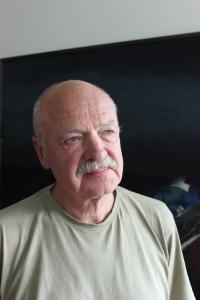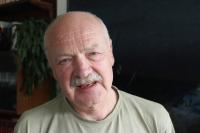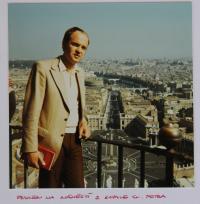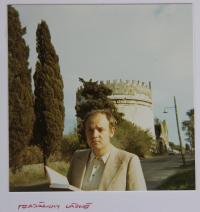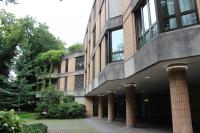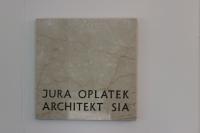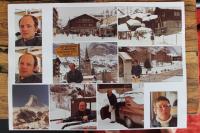The Swiss were very open to immigrants in 1969

Download image
The Czech-Swiss architect Jiří (Jura) Oplatek was born in 1944 in Brno, his father was also an architect. He graduated from the Faculty of Architecture of Brno University of Technology (FA BUT) in 1968. After undergoing a year of compulsory military service he emigrated to Switzerland in September 1969. He settled down in Basel, was successful in his profession, and started working for the architecture studio of Vischer & Weber. He was employed by the firm for more than ten years, and while there he produced his best-known design, the St Chrischona television tower near Basel. In 1981 he founded a new studio with his colleague, and together they completed many building projects in and around Basel (Vischer & Oplatek Architekten SIA). In 1993 he established his own firm (Jura Oplatek Architekt SIA), the studio is slowly being passed on to his daughter Blanka Oplatek, who is also an architect. From 1990 he also lectured at FA BUT, in 1995 he was habilitated with the title of docent.
